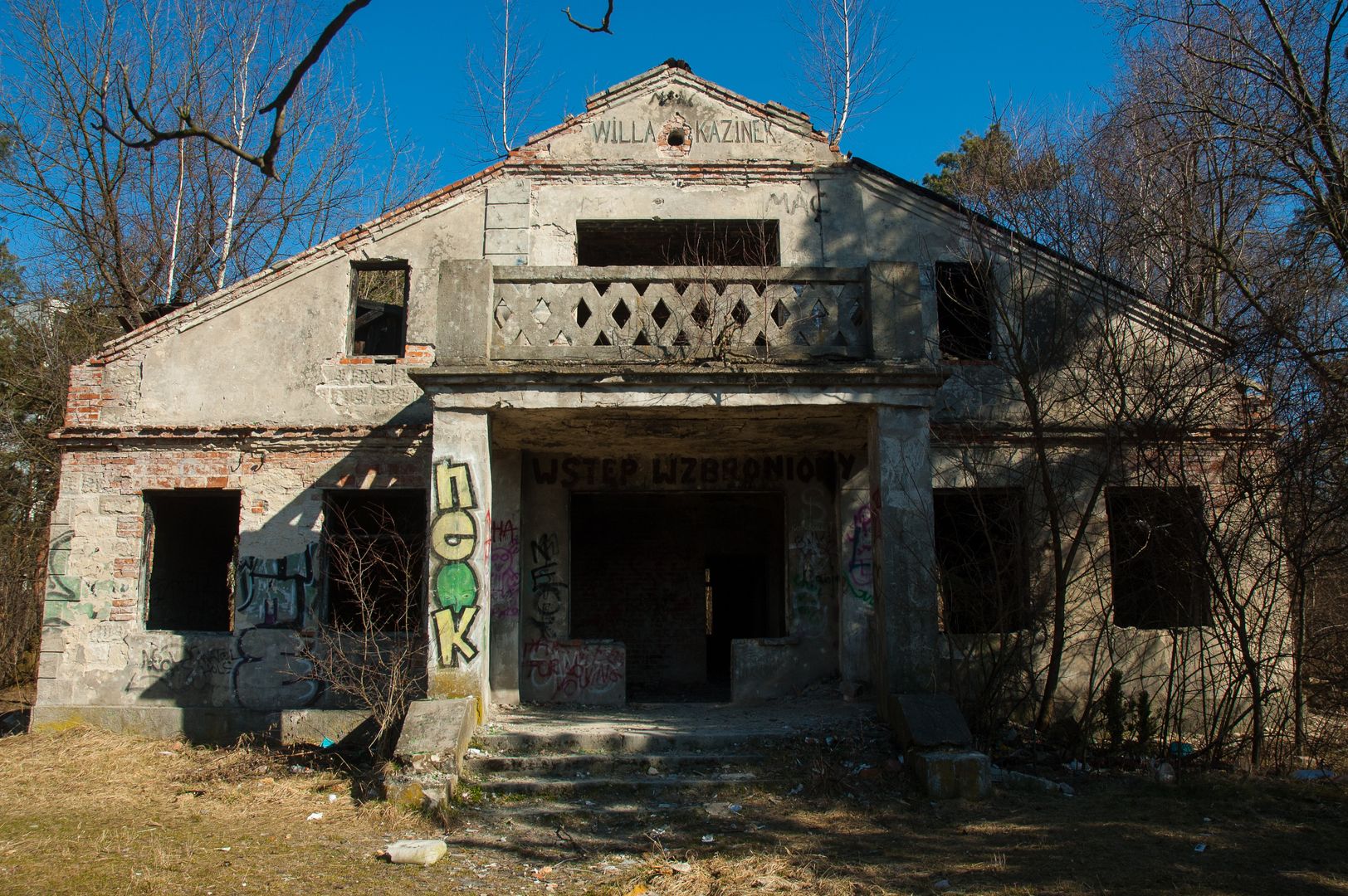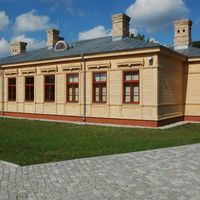Legionowo
7.18

Overview
Legionowo is a city in Poland, located in the Masovian Voivodeship, approximately 22 kilometers north of Warsaw. It belongs to the Warsaw agglomeration and has a rich history dating back to the 19th century, when the Vistula Railway Station was established. In 1919, it was officially named Legionowo. The city developed dynamically during the interwar period, becoming a resort and military center, which influenced its architecture, including the distinctive villas and two-story houses from the 1920s and 1930s. Notable landmarks in Legionowo include: Willa Orawka, Willa Bratki, the Kozłówka villa and park complex, as well as the former barracks building. The history of Legionowo is also linked to World War II, during which a ghetto for Jews and underground resistance cells were established. After the war, the city was granted town rights in 1952. Modern Legionowo, with a population exceeding 50,000, is known for its high population density and well-developed transportation infrastructure, providing residents with easy access to Warsaw. Interestingly, the city is surrounded by forests and features various housing estates, along with a large number of kindergartens, primary, and secondary schools. Legionowo is also home to various sports clubs, including the Legionovia women's volleyball team and the handball club KPR RC Legionowo. A rich cultural offering is provided by the Municipal Cultural Center, which organizes cultural events and maintains a gallery and historical collections. The city also focuses on the development of tourism and recreation, especially around the Zegrzyński Reservoir, a popular weekend destination for Warsaw residents. Numerous events are held in Legionowo to commemorate local heroes and historical events, and the city maintains a tradition of association with scouting. Legionowo also takes care to preserve the memory of its residents who fought for Poland's freedom through monuments and memorial plaques.
Location
District
Białołęka
Tertiary Administrative Division
Jabłonna
County
Legionowo County
State
Masovian Voivodeship
Country
You can also find here:
2025 Wizytor | All Rights Reserved
